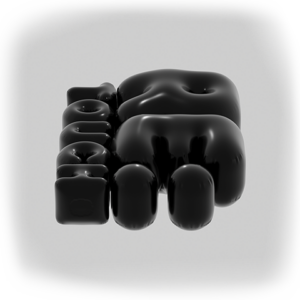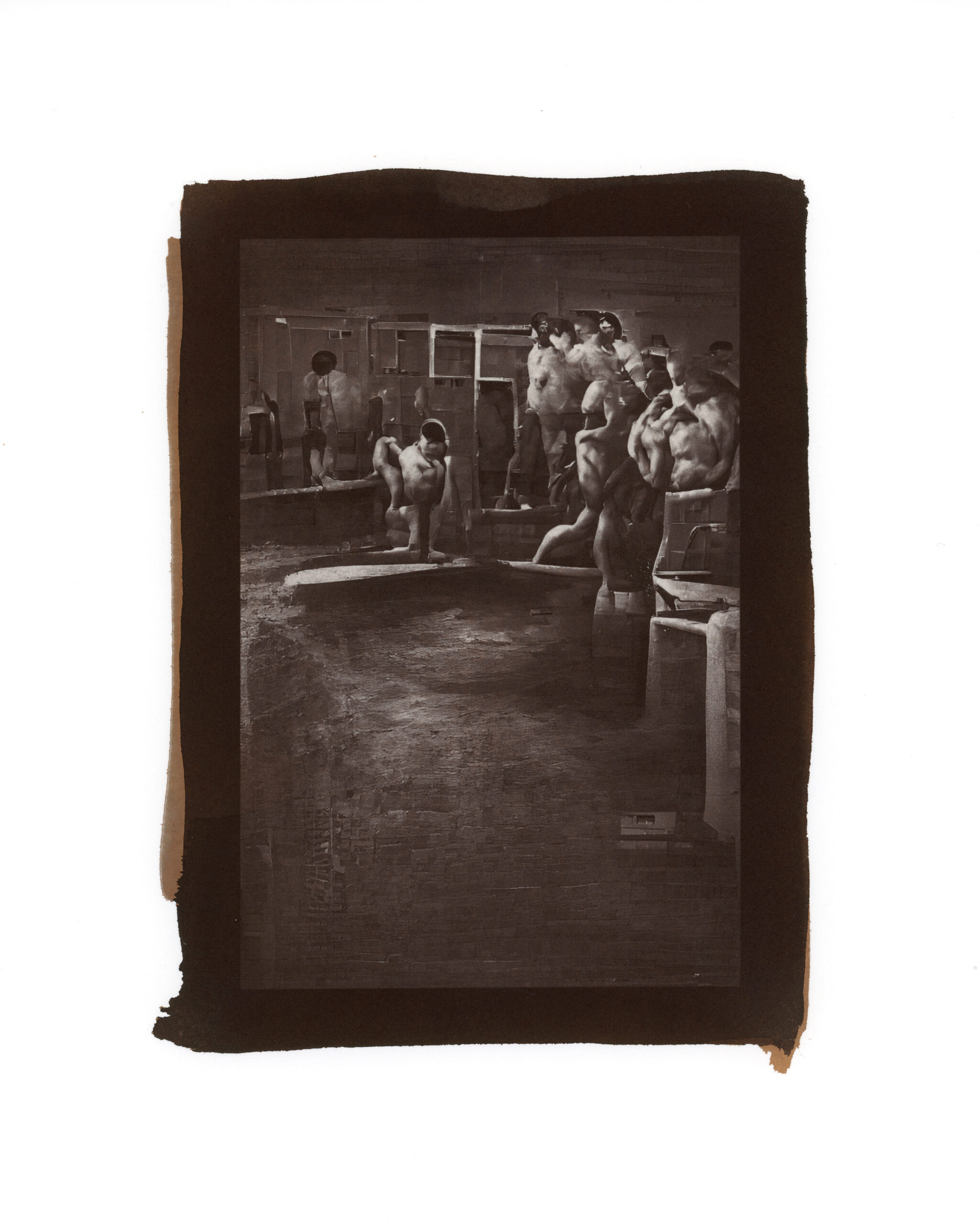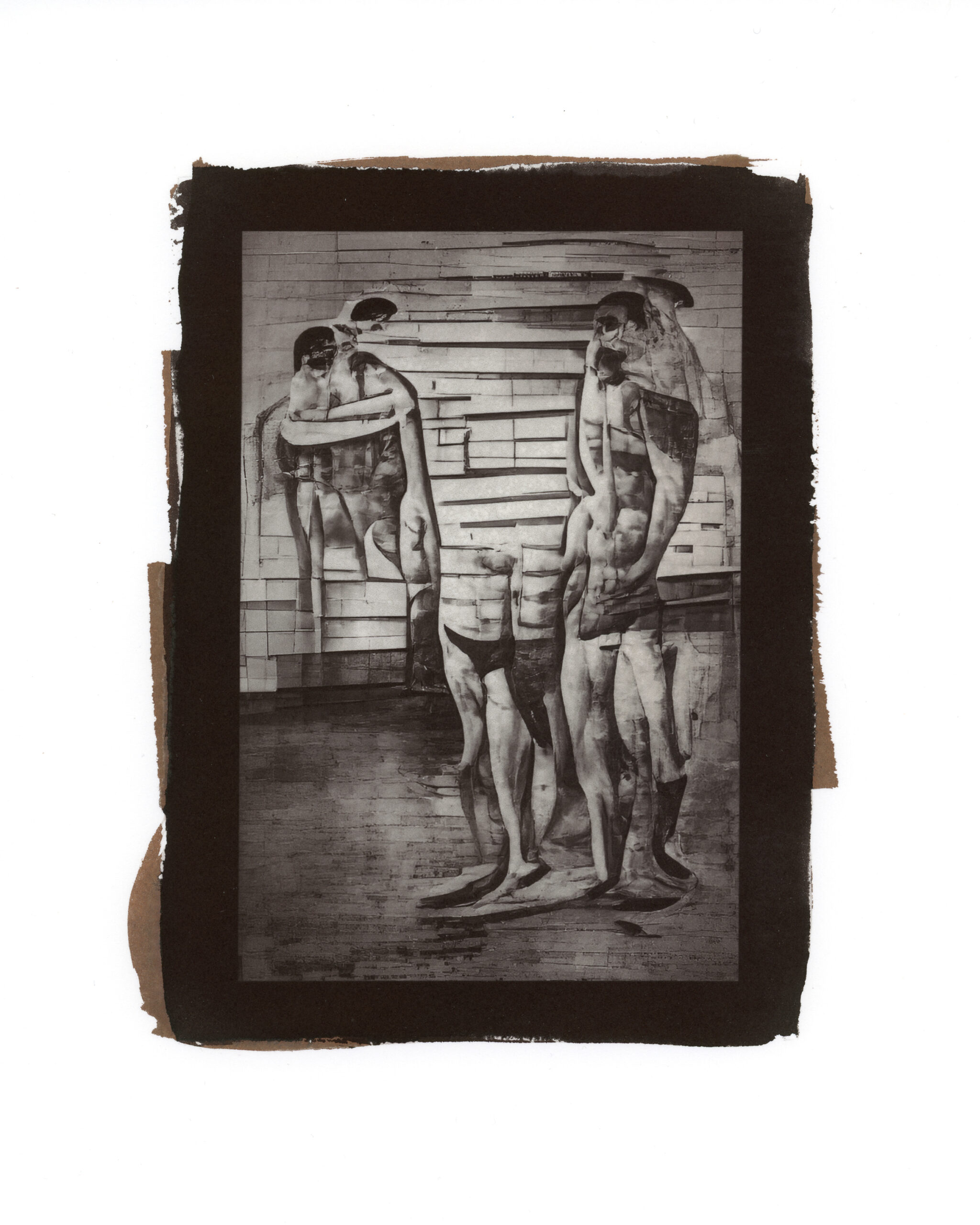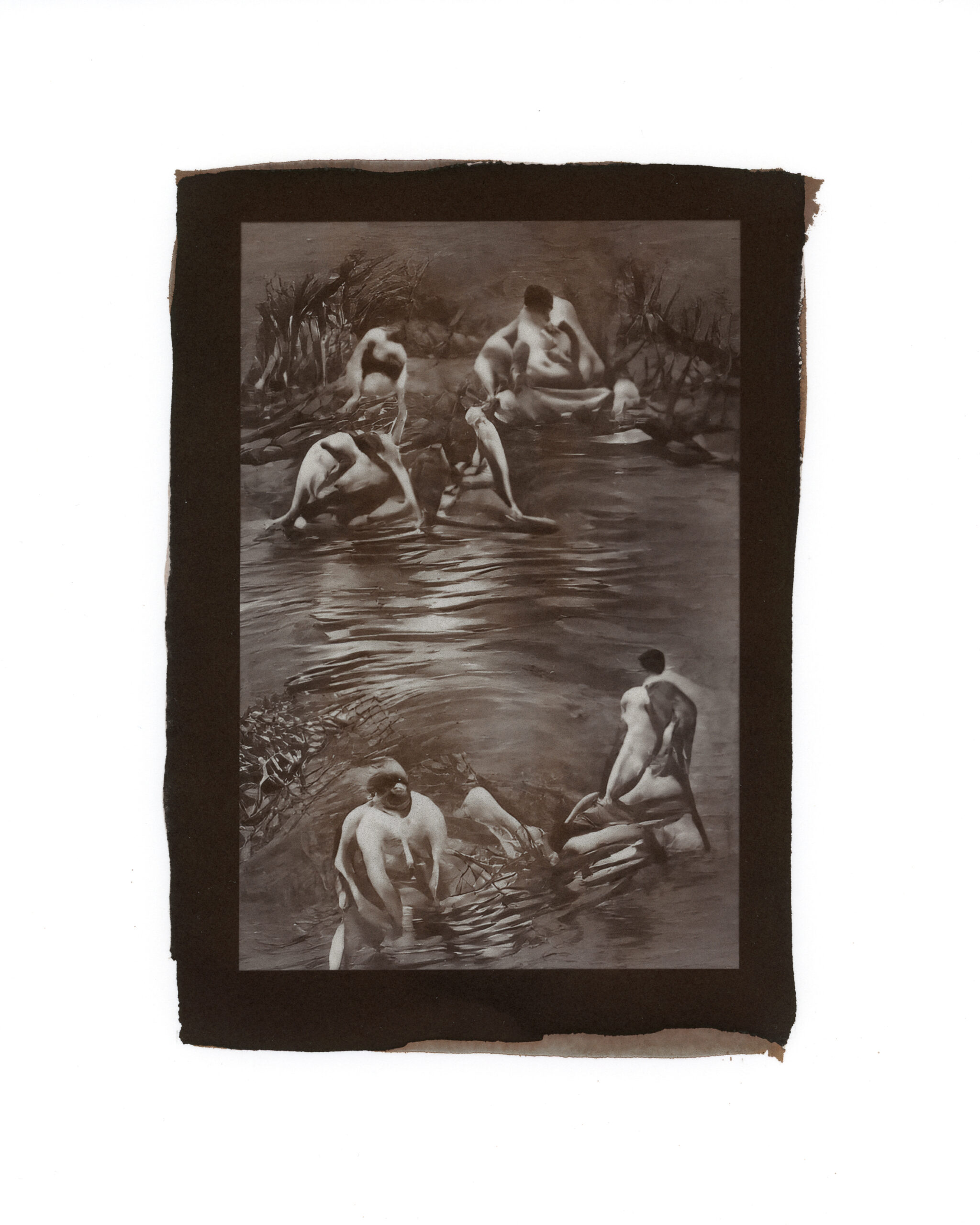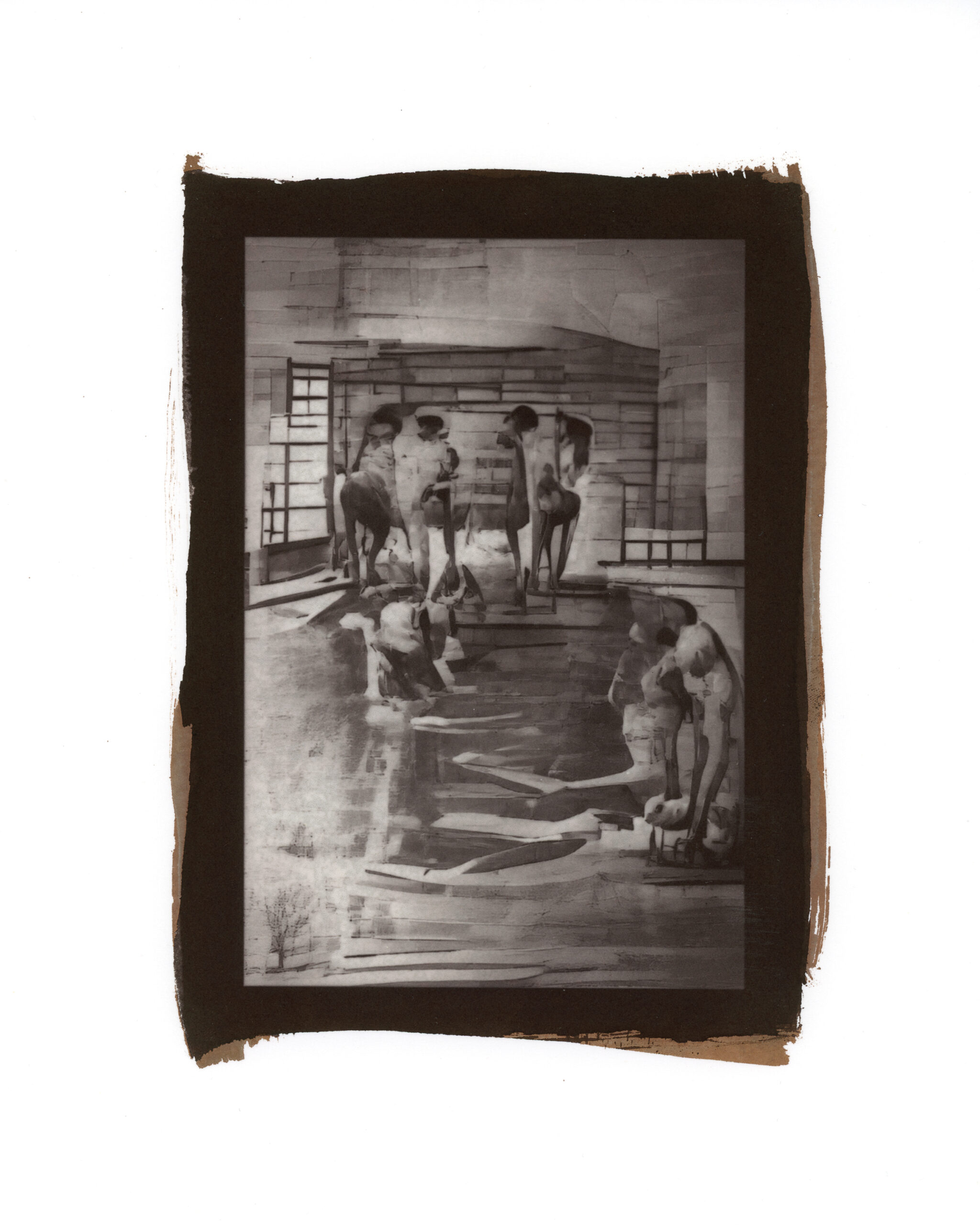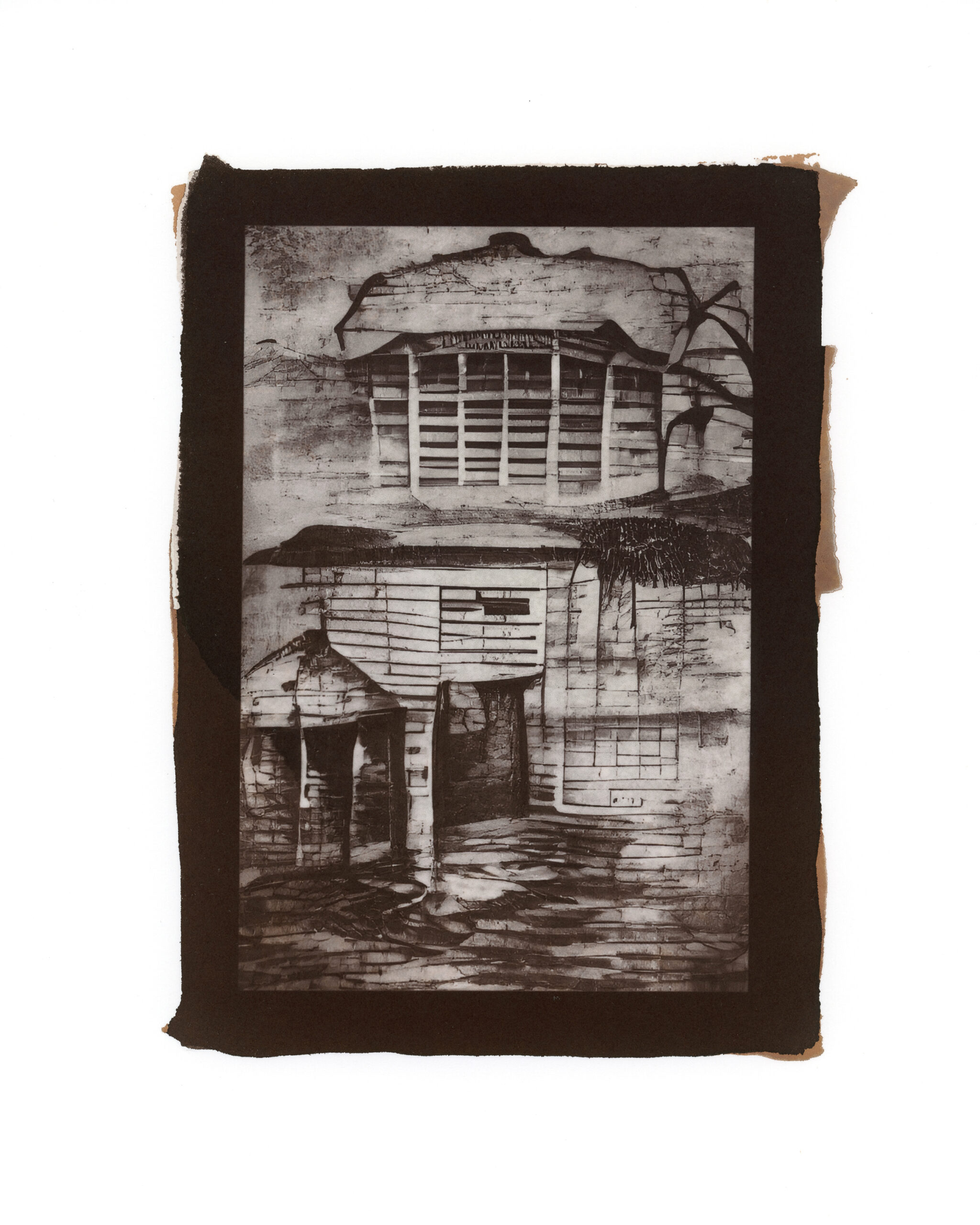The Wooden Beaver Archive
by Michael Borowski
I work with an expanded photographic practice to uncover queer histories and spaces in rural areas. My recent work examines the history of the mineral spring resorts that were common throughout Virginia and West Virginia in the late 19th Century. Visitors came to “take the waters,” which were believed to have medicinal properties. They played a significant role in American leisure and health but very little of these sites remain today. I am interested in mineral springs as precursors to the 20th Century bathhouse – a site of queer desire and public sex. Mineral springs’ popularity began to decline at the end of the 19th Century, coinciding with the Yellow Fever epidemic and modern germ theory. While most bathhouses that catered to gay clientele were clandestine operations and subject to vice raids, many closed for good in the 1980s during the height of the AIDS epidemic. “The Wooden Beaver Archive” is a series of salt prints documenting a fictional mineral spring that exists in a timeline where these histories overlap.
Since there was no historic record of queer affairs at the mineral springs, I created the images in this body of work using an AI text-to-image app on my phone. The software uses a Generative Adversarial Network, or GAN. A GAN is a machine learning process that trains on a collection of data and is then able to generate new data – in this case it generates an image based on text prompts related to saunas, bathhouses, spas, etc. I printed the resulting images using the salt print process, one of the most prevalent photographic techniques during the mid-19th Century. I am particularly drawn to the errors and artifacts of AI imagery, and their similarity to Pictorialism. The bodies and structures in my work are rendered in a hazy, ambiguous mashup. The longer you look at them the more the representational logic falls apart. This reminds me of both a cruising glance and the search for queer history. They work best when done obliquely.
